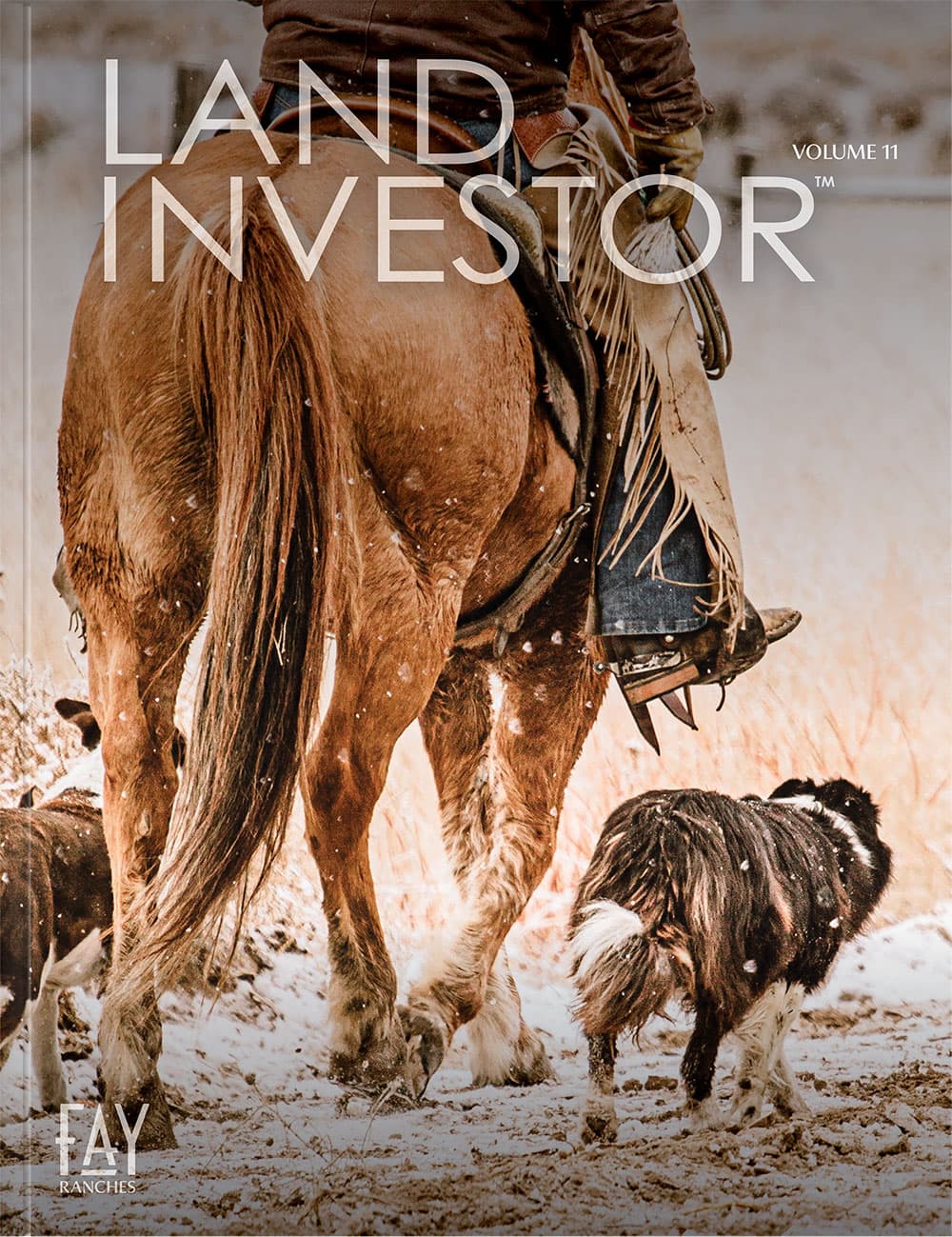Mother Nature's 2 Cents worth
After all is said and done with roaming around in your ranch side-by-side, dusting off the roadside crops, removing trees to try and increase water flow to those irrigation ditches so the fertilizer can take… You pull up the news feed on your latest model smartphone to see another drought rolling in. "It never used to be this hot," you say to yourself. "Growing up, we had lots more snow and colder winters." Will these mild winters, dry summers, and record-high temps continue? These thoughts and questions are often brought up in conversation with a tinge of slight concern. Climate change might be coming in faster than we think.
Some people question whether climate change is even real. Theories of climate change being created by recent political oppositions to make the other side look bad have circulated through social media, accruing criticism and mockery. However, the theories of climate change date back much further than the last several years of political debates—the first recognitions and theories of the greenhouse gas effect date back to the early to mid-19th
century. In 1824, a French mathematician and physicist, Joseph Fourier, proposed the greenhouse effect and demonstrated that humid air warms to a greater temperature than drier air when heated by the sun. Later demonstrations in 1838 and 1856 by other French and American physicists showed that carbon dioxide heats even more than humid air, thus creating a greenhouse effect on the Earth's atmospheric temperatures.
Many indicators of climate change can be seen all over the world, and some even in our backyards. Everything from polar ice melt-offs, increasing ocean temperature and acidity, thawing permafrost layers, coral bleaching, mass die-offs of ocean life, and severe drought to brutal storm systems, rangeland springs drying up, and increases in bug and parasite infestations are clear evidence that climate change is taking hold and not letting go.
As stewards of the land, ranchers and farmers have always adapted to the conditions they face. This is simply part of the ongoing relationship between people and land. Most of the challenges seem to come in the form of a lack of water for livestock and irrigation. Soil depletion, crop scorch, and nutrient loss can also be tacked onto the list of plagues endured by agricultural producers. Whether through water conservation, soil health improvements, or exploring new strategies for land management, many are exploring ways to respond thoughtfully. The path forward isn't always clear, but asking the questions and staying informed is a meaningful place to start.












